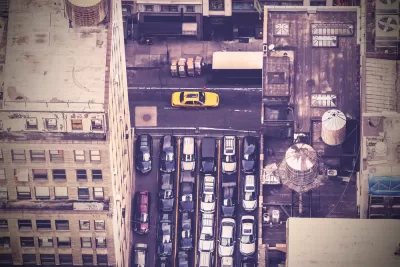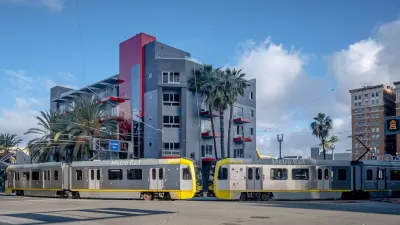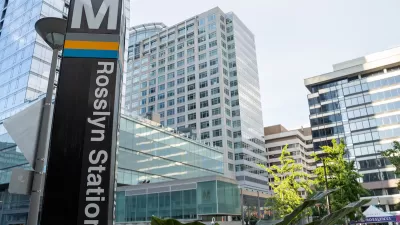Stating the need for increased density and transit-oriented development, the Department of City Planning will remove the neighborhood's parking requirements.

In a victory for New York's transit advocates (and developers), the city will likely remove rules requiring a certain number of parking spaces per building in East Harlem. In an area relatively well-served by transit, the minimums can clog up street space and lead to the construction of large parking lots where buildings could be.
From this Streetsblog NYC article: "New York City's minimum parking requirements drive up the cost of housing by requiring developers to build parking spots that otherwise wouldn't get built. This adds to construction costs and constrains the supply of new housing."
The rule change stems from City Council Speaker Melissa Mark-Viverito's "East Harlem Neighborhood Plan," released earlier this year. The plan also calls for upzoning to accommodate affordable housing and space for jobs.
A spokesperson for the Department of City Planning commented, "The elimination of parking requirements is a part of our growth-oriented approach to the neighborhood study, so we are applying it in areas we are targeting for new transit-oriented development."
FULL STORY: East Harlem Rezoning Plan Scraps Parking Minimums to Build More Housing

Maui's Vacation Rental Debate Turns Ugly
Verbal attacks, misinformation campaigns and fistfights plague a high-stakes debate to convert thousands of vacation rentals into long-term housing.

Planetizen Federal Action Tracker
A weekly monitor of how Trump’s orders and actions are impacting planners and planning in America.

Chicago’s Ghost Rails
Just beneath the surface of the modern city lie the remnants of its expansive early 20th-century streetcar system.

Bend, Oregon Zoning Reforms Prioritize Small-Scale Housing
The city altered its zoning code to allow multi-family housing and eliminated parking mandates citywide.

Amtrak Cutting Jobs, Funding to High-Speed Rail
The agency plans to cut 10 percent of its workforce and has confirmed it will not fund new high-speed rail projects.

LA Denies Basic Services to Unhoused Residents
The city has repeatedly failed to respond to requests for trash pickup at encampment sites, and eliminated a program that provided mobile showers and toilets.
Urban Design for Planners 1: Software Tools
This six-course series explores essential urban design concepts using open source software and equips planners with the tools they need to participate fully in the urban design process.
Planning for Universal Design
Learn the tools for implementing Universal Design in planning regulations.
planning NEXT
Appalachian Highlands Housing Partners
Mpact (founded as Rail~Volution)
City of Camden Redevelopment Agency
City of Astoria
City of Portland
City of Laramie





























